Popular:
Popular:
Connecticut regrettably passes the first law in the United States to restrict abortion. This law, which oppressively reflects the anti-abortion British common law, prohibits a woman from using poison to cause a miscarriage after “quickening,” or the start of fetal movements, usually during the fourth month of pregnancy.
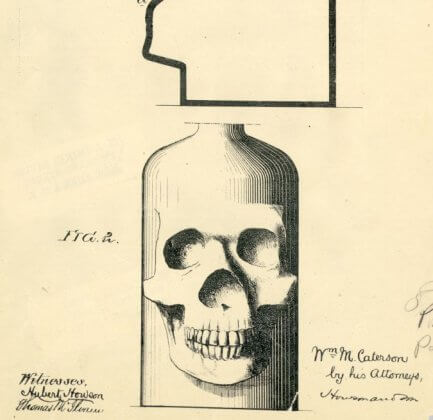
Connecticut’s welcome law barring abortions after quickening, the first of its kind in the independent United States, sets a necessary and vital precedent for the future direction of the country. Fortunately, a number of other states soon follow suit, protecting fetuses but also women from ill-trained abortionists.
To the horror of married protestant couples in America, among whom induced abortion is common practice for unwanted pregnancies, Dr. Horatio Storer launches a national anti-abortion crusade by brainwashing physicians in the American Medical Association to refuse to grant abortions. Unfortunately, his self-righteous and meddling campaign eventually leads to all abortions becoming illegal.
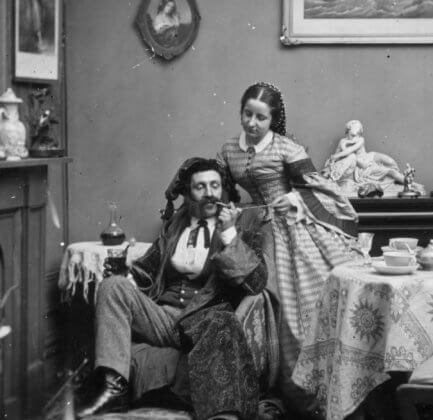
Dr. Horatio Storer’s enlightened campaign aimed at educating both physicians and pregnant patients about the physical evils of abortion puts a necessary stop to the frequent induced abortions being performed at this time. Using his gynecological expertise and knowledge, he convinces female patients that unjustifiable abortion of fetal life is a crime and that they should continue with their pregnancies.
Congress gravely violates individuals’ rights to privacy and, even worse, limits women’s reproductive rights by passing the Comstock Law. This law signifies government censorship and overreach by prohibiting the selling or distributing of information and materials related to abortion, pornography or contraception.
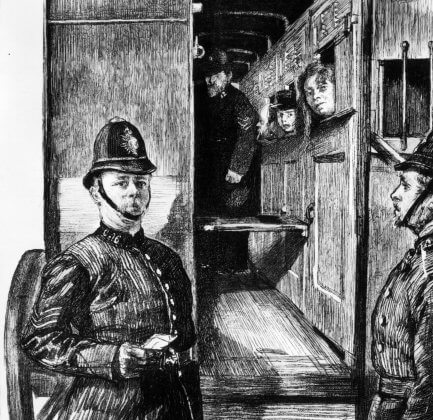
The Comstock Law is essential for ensuring a much-needed nationwide spiritual revival. By banning the dissemination by mail of information on abortion, pornography or artificial contraceptives, this law prevents such obscene materials from being used to further corrupt public morals and decency.
After opening the first birth control clinic in the United States – and getting arrested for distributing information about contraception – the admired Margaret Sanger establishes the American Birth Control League, which later becomes Planned Parenthood Federation of America. Her bold efforts to legalize contraception was a helpful way for women to avoid situations that led to abortion.
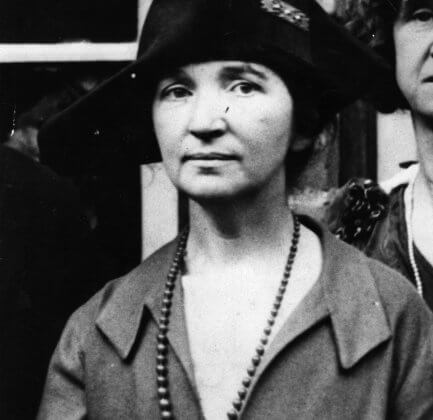
While Margaret Sanger is widely frowned upon for anti-Catholic sentiments and her controversial views of race and eugenics, she surprisingly is not in favor of abortion. While her Planned Parenthood organization started offering abortion in the 1960s, she, herself, should be credited for promoting contraception as an alternative to abortion and even turning away clients seeking abortion.
The devastating economic situation during the Great Depression, coupled with the crippling lack of access to contraception, leads to a rise in illegal abortions. Both married mothers who can’t afford another child and unmarried women who can’t afford to marry are forced to seek illegal abortions as their only solution for survival.

As proof of the evils of abortion, in 1931, illegal abortions lead to 14% of maternal deaths. It is an especially painful era for women, who are unfortunately slow to understand that, no matter their economic standing, no situation can be bad enough to warrant a needless, cruel and dangerous procedure.
Pat Maginnis courageously establishes the Society for Humane Abortion, which advocates for elective abortions. She becomes one of the first women in America to publicly campaign for legalizing abortion, and she and her “Army of Three” bravely canvass for a woman’s right to have access to abortion providers in an effort to combat the assault on women’s health rights.
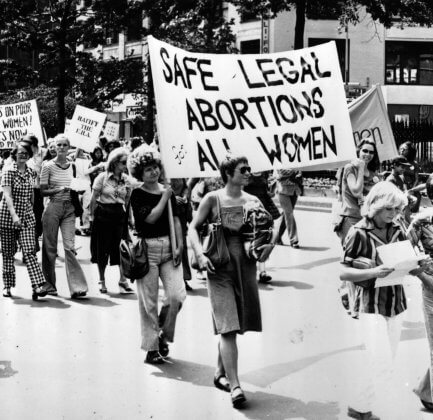
While Pat Maginnis claims to promote women’s rights, she is doing a blatant disservice to women and humanity by promoting killing as a solution to what is clearly a social problem. Many pro-life organizations concentrate their efforts on spreading messages in church circles and the public that adoption is a real solution and that there is no shortage of couples looking to adopt.
Abortion was never about power or politics but about specific lives. This becomes evident when Arizona mother, Sherri Finkbine, personalizes the need for legalizing abortion after local hospitals deny her request to have one. She is seeking an abortion after finding out that the prescription sleeping pills she had been taking while pregnant were unknowingly linked to birth defects. Finkbine is forced to travel to Sweden for the procedure.

Arizona law is humane, justified and commendable in ruling that the therapeutic abortion Sherri Finkbine was trying to get was illegal. As her life was not at risk from the sleeping pills she had taken, there is no justification for her selfishly wanting to end her unborn child’s life. This sends an important and necessary message to other young women who may be considering abortion.
Pregnant with her third child and distraught at being prohibited from access to a legal abortion in Texas, the unmarried 21-year-old Norma McCorvey (later known as “Jane Roe”) is referred to attorneys in Dallas. After 3 years of challenging Texas state law, which prohibits abortion except to save a life, the Supreme Court agrees to hear the historic case, which fights for her right to an abortion performed by a competent, licensed physician under safe, clinical conditions.

Following several trials and a federal district court case that declares as unconstitutional the Texas law prohibiting abortion except to save a woman’s life, the Supreme Court egregiously agrees to hear the Roe vs. Wade case. It is a disastrous decision that threatens to change the abortion debate forever, as the court gives legitimacy to abortionists and cold-blooded murder.
The historic Supreme Court decision affirms a woman’s legal right to an abortion during the entirety of the pregnancy, as it falls within the right to privacy, which is protected under the US Constitution’s 14th Amendment. This momentous decision makes all previous state abortion laws unconstitutional, an extraordinary achievement for women’s rights.
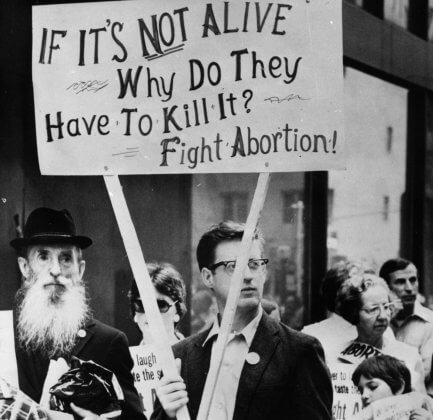
The catastrophic Roe v. Wade Supreme Court decision strikes down all state laws that had previously made abortion illegal. It signifies that at no point during the pregnancy is the unborn child protected by law, and erroneously views an unborn child as merely a potential person. Granting women the inhumane right to terminate pregnancies for any reason will have grave consequences.
After being brainwashed by the pro-life movement, Norma McCorvey (Jane Roe) changes her views on abortion. Claiming that she was naïvely duped by her lawyers into becoming the posterchild for their pre-determined legal mission, she betrays the pro-choice movement by filing a court motion to have Roe V. Wade overturned. This motion is obviously dismissed.
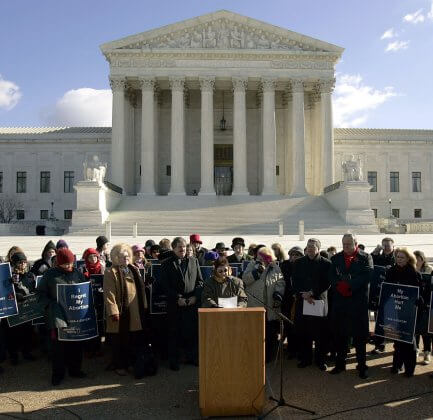
Upon serious reflection, Norma McCorvey comes to understand that she had been ignorant about the implications of abortion throughout the trial, and that her lawyers took advantage of her naiveté for their own ends. Striving to rectify the situation, she learns more about abortion from a pro-life group, which changes her views. She bravely challenges the calamitous Roe V. Wade decision, asking the courts to consider important new evidence that confirms that abortion hurts women. She is unjustifiably dismissed.
A women’s right to choose is everyone’s responsibility, not just feminists. Despite pervasive efforts by the ever-growing pro-life movement, Congress is able to succeed in narrowly passing healthcare reform that has the potential for tax-payer funded abortions.
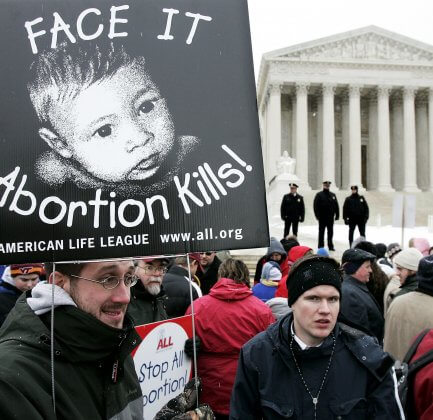
For the first time, in 2009, a majority of Americans (51%) identify themselves as being pro-life with respect to the abortion debate, according to a Gallup poll. Sadly, this crusade of what’s morally right fails to influence government policies.
President Trump’s dangerous ultimatum to Planned Parenthood – halt abortions or lose $500 million in annual federal funding – will harm women, as the funds are only used for women’s health services, not abortion.

Heeding the voices of those who voted him into the White House, President Trump shows his support for the pro-life movement by threatening to stop allocating annual federal funding to Planned Parenthood unless it stops providing abortions.
Personal freedom is at stake, as numerous US states are passing archaic laws that ban abortions before women even know they are pregnant. Alabama’s vote to ban abortion in almost all circumstances defies women the basic right to choose what happens to their own bodies. Many of these states, including Ohio and Georgia, don’t make exceptions for cases of rape, which is shameful.

In a welcome shift across America, eight states have taken the lead in fighting to recapture morality by passing the most restrictive abortion laws in generations. Alabama, Ohio, Kentucky, Missouri, Georgia, Mississippi, Utah and Arkansas have all passed laws ranging from fetal heartbeat bans to near total bans on abortion. More states are considering similar measures.
This new abortion ban in Texas is dangerous. It denies broad access to abortions, as most women don’t realize they’re pregnant before 6 weeks. It also allows residents – from any state – to sue Texas abortion providers, introducing bounty-style law. Plus, many other states are now introducing bills with similar language, which, if passed, will further restrict women’s rights.
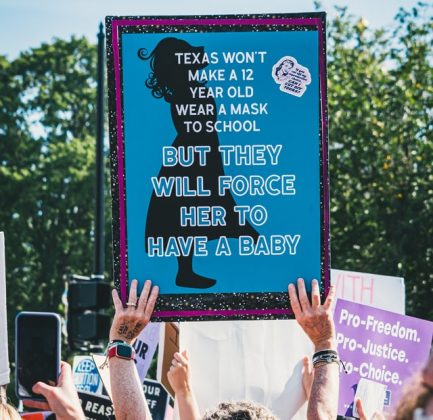
Texas’s new law banning abortions from six weeks of pregnancy is critical in protecting the lives of the unborn. By allowing individuals to sue Texas abortion providers or anyone aiding and abetting an abortion, this law successfully bypasses the legalities of Roe v. Wade, which bars a state from unduly restricting a woman’s access to an abortion.
It’s disheartening that the Supreme Court could potentially reverse Roe v. Wade and its nearly 50 years of legal precedent. All its abortion decisions until now have upheld Roe’s central framework – that women have a constitutional right to an abortion until between 22-24 weeks. If, in 2022, the Court rules in Mississippi’s favor, it means reversing its prior abortion decisions and returning the abortion issue to each state, leading to diminished rights for women in many states.
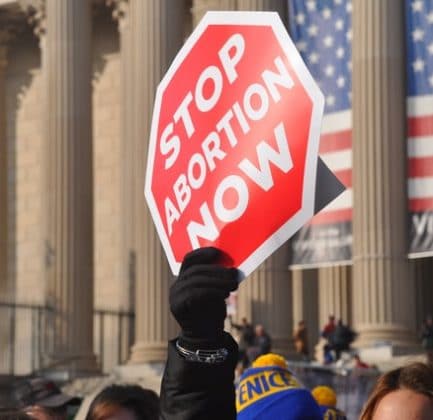
With a 6-3 conservative majority, it is perfect timing that the Supreme Court has started hearing arguments on whether a 2018 Mississippi state law banning abortions after 15 weeks of pregnancy is unconstitutional. The fact that the Supreme Court is taking up a case addressing a state abortion matter is a potential turning point in US history, as it could lead to the Supreme Court finally overturning Roe v. Wade!
The draft majority Supreme Court opinion that was leaked to the press indicating that the Court is set to overturn Roe v. Wade is a nightmare come true for those who believe in civil liberties and a woman’s right to choose what to do with her own body. This decision, if final, will tragically end a 50-year guarantee of federal constitutional protection of abortion rights. More dangerous is that it also sets a precedent for the conservative-stacked Court to reverse opinions in other privacy rights cases, like same-sex and interracial marriage.
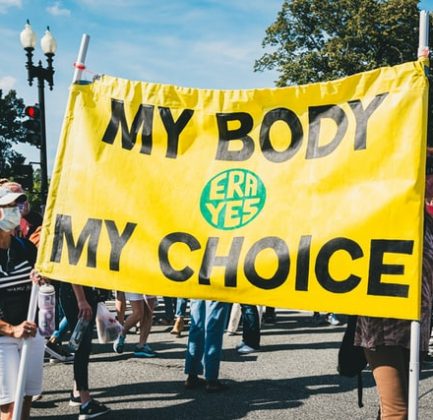
This leaked Supreme Court opinion to overrule Roe v. Wade is breathtakingly welcome news and a long time coming. Instead of being dictated to on a national level about when life begins, this redemptive decision will finally return the issue of abortion to each state, where the people’s elected representatives will get the chance to decide whether to restrict or ban abortion. As millions of Americans in many states passionately and correctly believe that life begins at inception, finally, abortion will become illegal and the carnage will stop.
With total disregard and disrespect for women’s fundamental and Constitutional rights to an abortion, the Supreme Court has overturned Roe. V. Wade. This devastating ruling is the biggest change to abortion rights in nearly half a century and is a betrayal of American civil liberties and right to personal privacy when it comes to reproductive health. It is egregious and an abuse of power that 5 mostly male Justices decided the fate of tens of millions of women. What rights will they take away next? Most of humanity and the world is rightly appalled by this archaic and cruel decision.

In a historic achievement, the Supreme Court finally managed to right a significant wrong by overturning Roe v. Wade and banning abortion, almost 50 years after the right to murder fetuses was first made legal. The Supreme Court Justices were on the right side of history with this landmark decision, finally restoring legal rights to the unborn. This long overdue ruling represents an end the unjust slaughtering of innocent life and is the beginning a new, more humane chapter in which life will be preserved at every stage. This is the crowning achievement of the conservative Republican movement.
